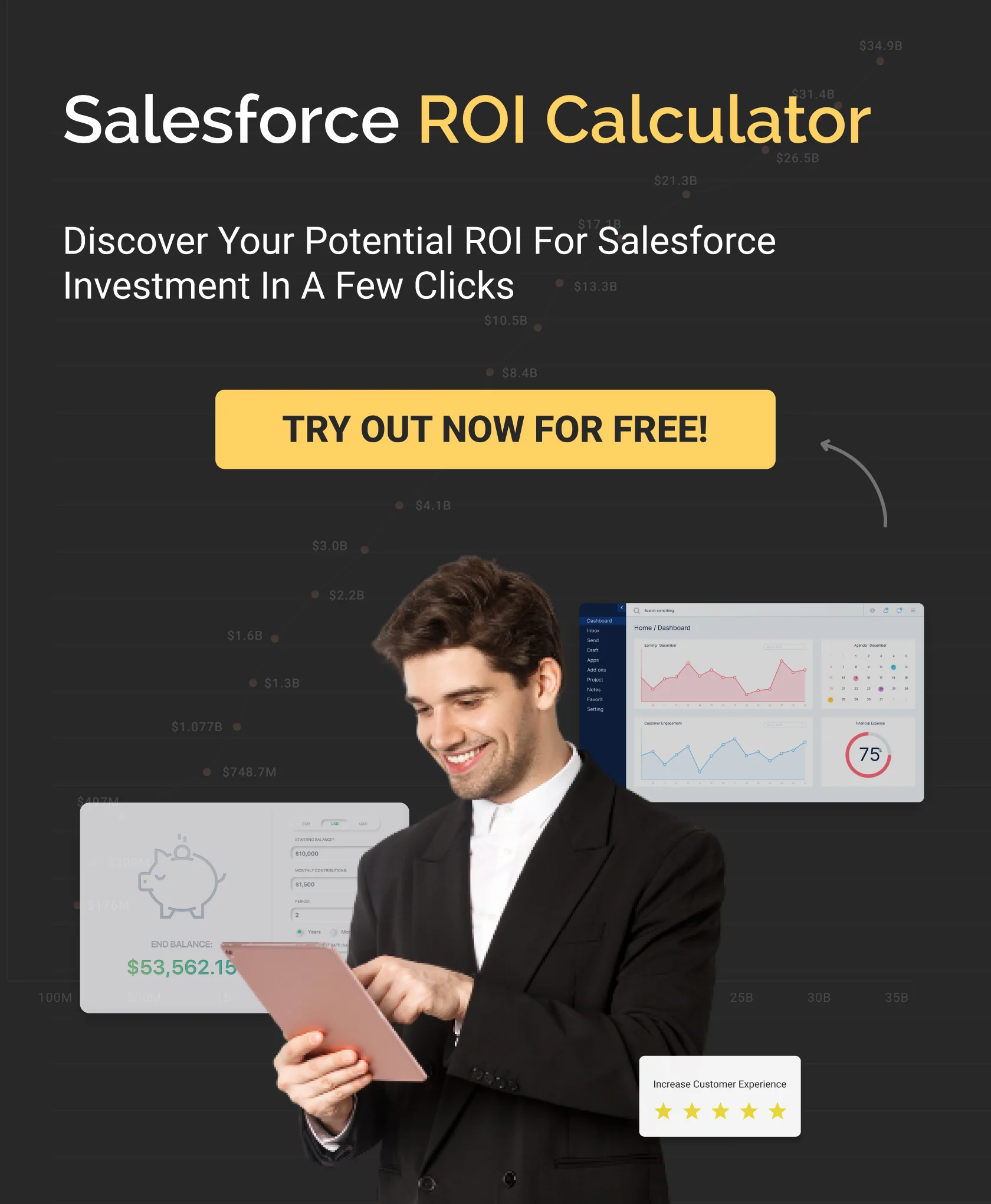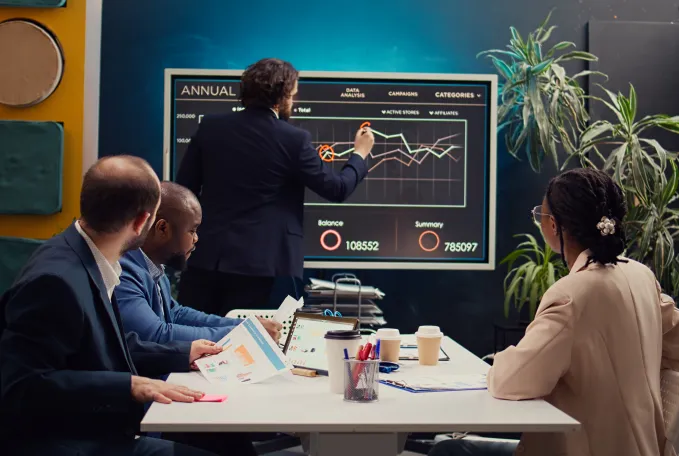The client, a US-based industrial manufacturer, produces custom-engineered components for the automotive and heavy machinery sectors. Their product catalog is vast, their sales cycles complex, and their revenue streams increasingly diverse, ranging from fixed-price equipment to subscription-based maintenance, usage-billed IoT services, and milestone-based project contracts.
With operations spanning multiple markets, they wanted to bring all revenue processes, quoting, billing, renewals, and compliance onto a unified platform. Their primary goals: eliminate inefficiencies, gain full visibility into revenue flow, and create a foundation that could scale alongside newer business models.
Reason for Collaboration
The client recognized that their existing revenue management approach was creating operational silos and limiting their ability to scale new revenue models. Their sales teams worked across multiple systems that didn’t talk to each other. Quoting was slow. Billing was inconsistent. Changing a contract mid-cycle required several manual steps and created audit risks.
They needed more than a system upgrade, they needed a coordinated strategy to align people, processes, and tools. After exploring options, they partnered with us based on our deep experience with Salesforce Revenue Cloud and our ability to navigate both technical complexity and business context.
Challenge –
Here are some of the major challenges faced by our client.
1. Fragmented Revenue Architecture: The client operated with disconnected CPQ, billing, and contract management systems that created data silos, inconsistent customer experiences, and significant revenue leakage through process gaps.
2. Complex Multi-Model Revenue Streams: Managing traditional one-time sales alongside subscription-based maintenance contracts, usage-based IoT monitoring services, and milestone-based project deliveries required multiple systems and manual coordination between teams.
3. Dynamic Contract Amendment Limitations: Existing systems couldn’t handle mid-contract changes, upgrades, or downgrades efficiently, leading to manual workarounds, billing errors, and delayed revenue recognition for contract modifications.
4. Lack of Consumption Visibility and Forecasting: With growing usage-based revenue streams from IoT monitoring services, the client had no automated way to track consumption patterns, forecast usage-based revenue, or implement rollover policies for unused capacity.
5. Revenue Recognition Compliance Complexity: Managing ASC 606 compliance across multiple revenue models (subscription, usage, milestone, and traditional sales) required extensive manual journal entries and created audit risks.
6. Post-Sale Orchestration Gaps: After deal closure, fulfillment activities like license provisioning, equipment installation scheduling, and service activation were managed through disconnected systems, creating delays and customer satisfaction issues.
Solutions –
Our Salesforce experts implemented a comprehensive Revenue Cloud Advanced solution to unify and optimize the client’s entire revenue lifecycle.
1. Unified Revenue Lifecycle Platform with Revenue Cloud Advanced:
- Implemented the native Revenue Cloud Advanced platform to replace fragmented managed packages and third-party systems, providing API-first architecture for seamless integrations
- Developed a single product catalog supporting all B2B channels with dynamic attributes to eliminate SKU proliferation for product variations
- Created guided product selection with semantic index-based search to help sales reps quickly configure complex industrial solutions
2. Advanced Pricing Procedures and Waterfall Management:
- Designed customizable pricing workflows using the declarative pricing procedure builder with intuitive UI
- Implemented multi-dimensional pricing elements including regional pricing, volume tiers, contract duration discounts, and loyalty bonuses
- Enabled real-time price simulation and transparent waterfall visibility at the quote line level for complete pricing transparency
3. Enhanced Transaction Management and Configurator:
- Deployed the reimagined configurator as a Screen Flow with custom components for complex industrial product configurations
- Implemented the new Constraint Builder to support large-scale transactions with complex business rules
- Utilized the Excel-like Transaction Line Editor with admin-controlled features including column freezing, advanced sorting, and filtering capabilities
4. Integrated Contract Lifecycle Management (CLM):
- Implemented native CLM capabilities for legal teams to manage contract templates and clause libraries
- Utilized generative AI for automated clause generation and compliance tracking
- Established obligation management workflows for post-activation contract compliance monitoring
5. Dynamic Revenue Orchestration (DRO) for Post-Sale Automation:
- Automated post-sale workflows including license provisioning, equipment installation scheduling, and service activation
- Created dynamic fulfillment plans with automated task breakdowns combining manual and system-driven steps
- Integrated with field service systems for seamless equipment delivery and installation coordination
6. Comprehensive Subscription and Asset Management:
- Implemented simplified subscription management with unified asset records for individual amendment, renewal, and cancellation capabilities
- Created Asset Lifecycle tracking for complete historical visibility of all subscription changes
- Enabled mid-contract modifications with automated billing adjustments and revenue recognition updates
7. Advanced Consumption Management and Usage Billing:
- Deployed consumption monitoring and reporting for IoT-based services with automated usage data collection
- Implemented consumption forecasting algorithms and configurable rollover policies for unused capacity
- Created automated usage-based invoicing with detailed consumption summaries and trend analysis
8. AI-Powered Quoting with Agentforce Integration:
- Implemented Agentforce skills for natural language quote generation, reducing quote setup time
- Extended agent capabilities with custom actions for automated opportunity creation and quote-to-order conversion
- Enabled intelligent product recommendations based on customer history and usage patterns
8. Advanced Revenue Analytics and Insights:
- Deployed Tableau Next-powered dashboards for subscription revenue, pricing optimization, order fulfillment, and billing operations
- Created real-time revenue performance tracking with pipeline-to-cash visibility
- Implemented predictive analytics for revenue forecasting and churn prevention
Benefits
- Unified revenue operations on a single native platform eliminating system silos
- Automated post-sale orchestration reducing fulfillment cycle times
- Comprehensive consumption visibility enabling new usage-based revenue models
- Enhanced customer experience through seamless contract modifications and renewals
Results-
- Dramatic decrease in revenue recognition errors with automated compliance workflows
- Substantial increase in sales team productivity through AI-powered quoting and guided selling
- Recovery of substantial annual revenue through consumption management and usage-based billing optimization
- Major reduction in post-sale fulfillment delays through Dynamic Revenue Orchestration


















